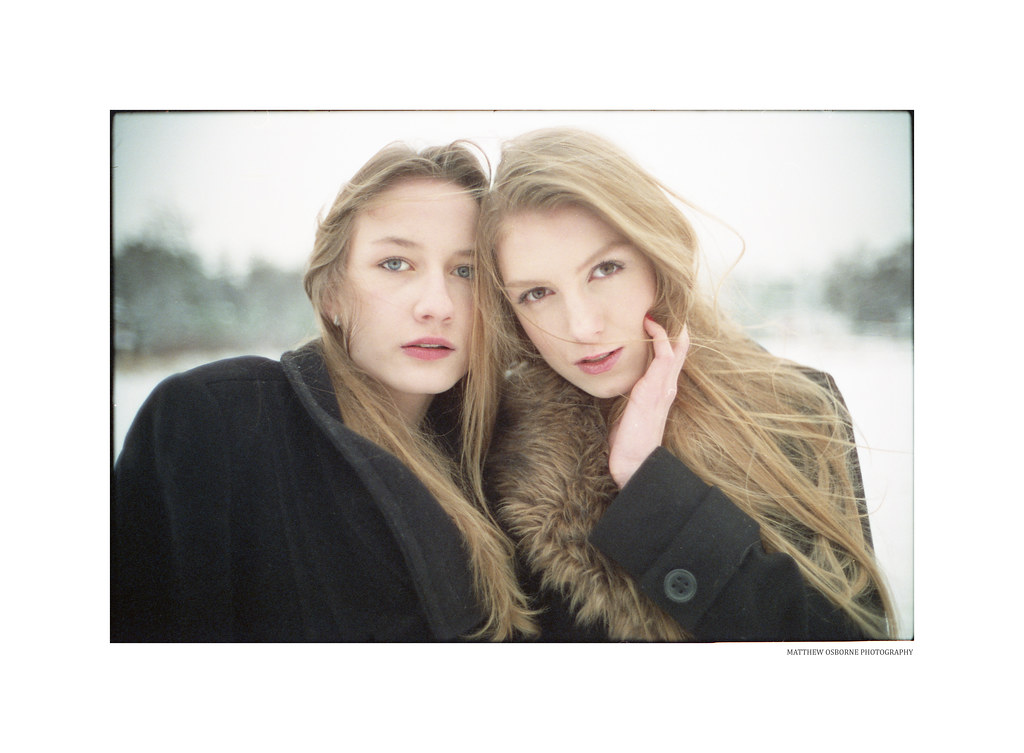CineStill 800 Daylight Portraits / 35mm CineStill 800T
A quick recap of why I treated myself to a few rolls of 35mm CineStill 800 Tungsten film for some CineStill 800T Portraits!
Article covers me using a Leica M3 + CineStill 800 for portrait photos in daylight, tungsten light & after dark at different ISo
CineStill Xpro C-41 ISO 800 Tungsten 135/36
Firstly CineStill 800T film is balanced for 3200K tungsten light so gives useable photos under this type of lighting. Secondly the box speed of CineStill 800T is ISo 800 but it can be used at any speed between ISO 200 and ISO 1250 without losing highlight or shadow detail.
Leica M3 + CineStill 800T
I took a few rolls of 35mm CineStill film with me on a recent trip to Poland to shoot on location with some of the Malva Model agency models based in Sopot. I shot one roll with my Leica M3 film camera + Leica Summilux ASPH 50mm f1.4 lens and another in the Leica M2 camera + Voigtlander Nokton Classic 35mm f1.4 lens. For daylight shooting I metered at ISO 400-500 and used a 85B filter for colour correction. For the late evening I metered at ISo 800 and for all the night photos I also metered at ISO 800. I was interested to test the CineStill 800T under various light conditions, midday daylight, dusk, indoor tungsten room light, flurescent lighting, street lights and mixed lighting.
Polish Model CineStill 800 daylight photos
I shot with various models including Agnieszka, Teresa, Vicky, Karolina and Max that I shot on 35mm CineStill film. Here are a few of the photos. All images lab developed and scanned with an Epson v800 scanner. Not all photos were scanned at the same time and some photos scanned discoloured so I had to try to correct the colour in post. A few images were converted to black and white as I thought the colours didn’t add to the image.
CineStill 800 T + 85B Filter in Daylight (5500k) @ ISo 400/500
35mm CineStill 800 T + 85B Filter in last of Daylight (5500k) @ ISo 800
CineStill 800 T + in Tungsten light (3200k) @ ISo 800
CineStill 800T + at Night with street lights (3200k) @ ISo 800
Conclusion
After having high hopes for the CineStill 800T film but the resulting images exceeded all my expectations. I love the colours and tones and the fact that you can shoot a single roll at ISO 200-1250 in varying light conditions and it still gives great results. I will definitely add it to my wedding film photography bag!
CineStill Xpro C-41 ISO 50 Daylight 135/36
Next I am looking forward to trying 35mm CineStill 50 Daylight film with my Leica film cameras. I think with my Leica Noctilux 50mm f1.0 v2 lens wide open on the Leica M3 camera. I also really hope the Brothers Wright get sufficient funding to start producing 120 CineStill 800 Tungsten film so I can use it in my medium format film cameras like my Mamiya RZ 67 and Mamiya 645 Super (plus also in my 120 roll film back for the 4×5 large format film Speed Graphic and Sinar F2!).































Interesting. I’ve been exploring lately, the possibility of shooting Kodak Vision3 500T and developing by hand – rather than getting CineStill. The difference in quality is that the Vision3 still has antihalation while this is removed from the CineStill. The difference in cost is about £10 a roll for CineStill, or under £1 for the Vision3 if you load it into new cartridges yourself.
The results you are seeing here are encouraging – particularly the night shot photos, which are very beautiful.
Thanks for the review. Just wondering if you asked the lab to push process the film when shooting at 1250 iso. Some labs add $$$ for that request.
Hi my lab doesn’t charge extra and yes if I want film pushed I just mark on the roll +1 etc. If I don’t mark anything film is developed at box speed
Did you process the film normally?
Yes just normal C41, no push/pull
What shutter speed were you using for the indoor and night time photos. I’m presuming you shot handheld?
Hello, it was a few years ago now but on M cameras I rarely shoot less than 1/50 for models. Yes all handheld. Thanks Matt
Thanks! I’m new to film photography and am just trying to figure out what I can get away with. I’ve just loaded a roll of this, but if I’m somewhere darkish and in apature priority mode my camera wont indicate a usable shutter speed for handheld, even when wide open. I might just alternate between 1/30 and 1/60 and see how the results turn out.
HI I thought I had replied somewhere to this already but it is not showing.. cameras vary as do lenses. SLR often need faster minimum shutter speed than rangefinder (such as a Leica) due to mirror slap of SLR. Wide lenses are better than normal or long lenses if using a slow shutter. I have been shooting at 1/8 on a 15mm lens on a rangefinder recently.
Switch to manual mode and meter with separate light meter is a better option as I wouldn’t like to rely on the camera meter. I always shoot in manual.